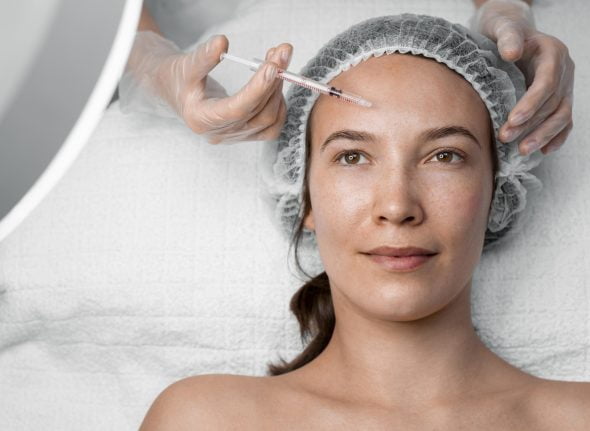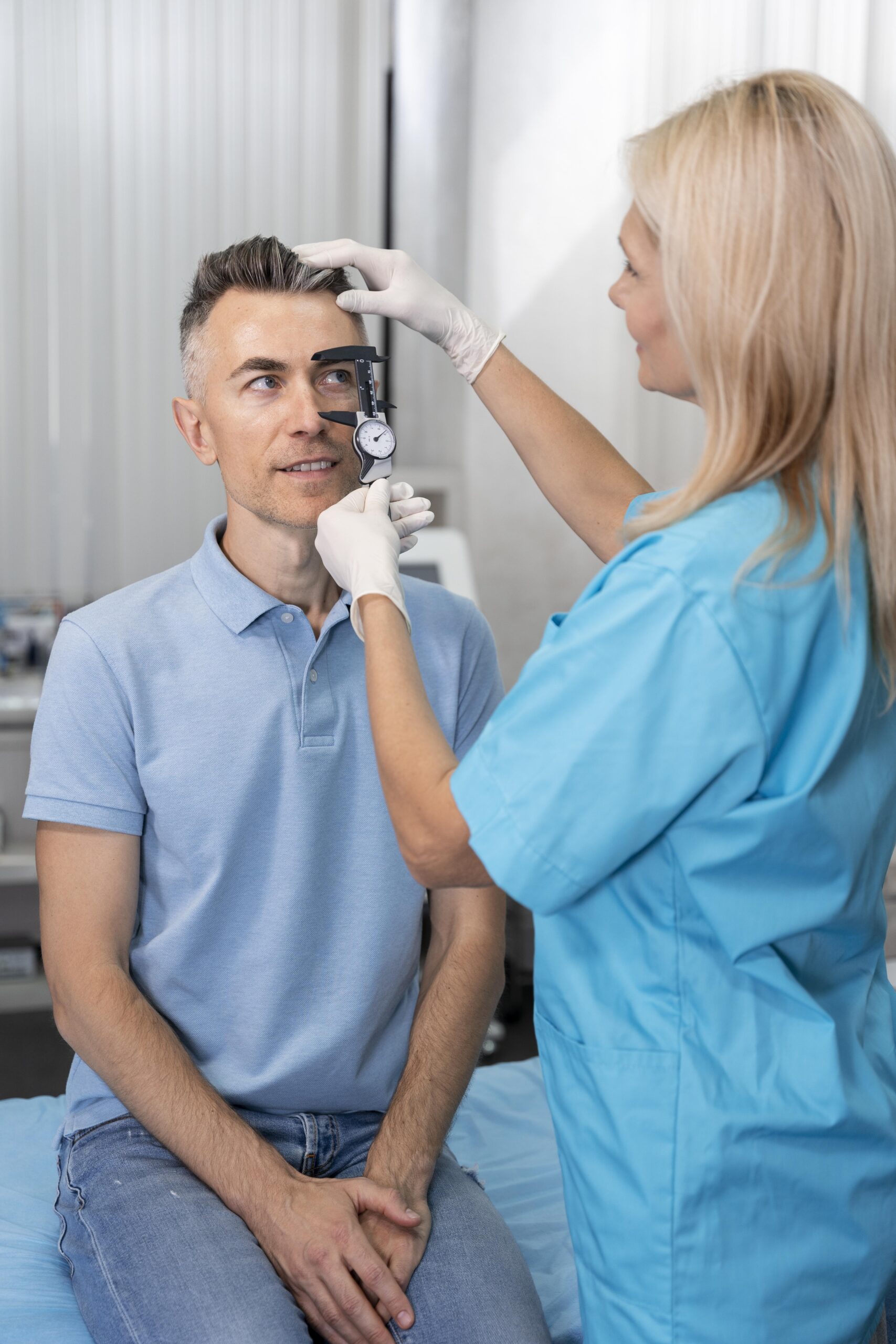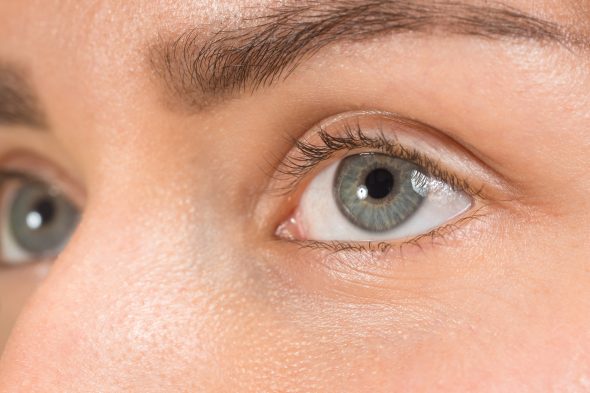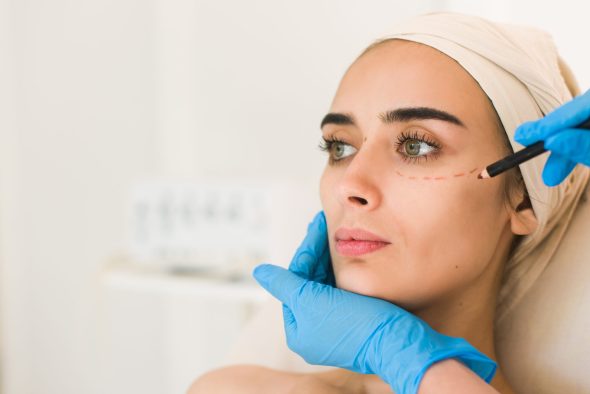EYELID EXERCISES: A CLOSER LOOK
Eyelid exercises have emerged as a non-invasive solution to the age-old problem of a droopy eyelid. Touted by social media influencers and health websites alike, these exercises promise a natural way to combat the effects of sagging eyelids, muscle weakness, and the natural ageing process. But what are these exercises, and how do they work?
They are designed with a simple goal: to strengthen the eyelid muscles, particularly the levator muscle, which is responsible for lifting the upper eyelid. By enhancing the tone and function of these muscles, the exercises aim to provide a natural lift to the eyelids, reducing the appearance of droopiness and potentially improving vision that has been obscured by sagging skin.
Let’s explore a few popular exercises and their proposed benefits:
The Blink and Squeeze: This exercise involves closing the eyes tightly for a few seconds and then opening them wide, repeating the process several times. It\’s believed to improve blood circulation around the eyes and strengthen the muscles, including the levator muscle, contributing to a firmer, more lifted eyelid appearance.
Eyelid Lifts: Focusing directly on the levator muscle, this exercise requires placing a finger above the eyebrow to create resistance while lifting the eyelid. The resistance helps strengthen the muscle, counteracting the droopiness.
The Forehead Push: By placing the palms of your hands on your forehead and pushing down while trying to open your eyes wider, you engage not just the eyelid muscles but also the forehead and facial muscles. This approach helps to tone the entire area, supporting a more youthful and alert appearance.
The rationale behind these exercises lies in muscle strengthening through repetitive motion and resistance. Just as exercises can tone the arms or legs, eyelid exercises are believed to tone the eyelid muscles. These exercises aim to lift the droopy eyelids and restore a more youthful eye contour by improving muscle tone and strength.
However, from a medical perspective, the levator muscle function is often normal and the problem is that it has become disinserted or stretched from it’s original attachment. Thus, exercises are unlikely to confer any benefit since it is not the muscle that is weak as such.
Moreover, in some cases where the levator muscle has reduced function, this maybe due to factors such as fatty infiltration or atrophy of the muscle, and exercises are unlikely to change this.
Thus while the enthusiasm for eyelid exercises is understandable, it\’s essential to approach them with realistic expectations and understand that whilst they are unlikely to cause harm, there is no scientific evidence that eyelid exercises improve ptosis.
Wrap-up
In our exploration of droopy eyelid exercises, we’ve traversed the terrain from hopeful natural remedies to the realities of medical intervention. While the idea of strengthening eyelid muscles through exercises is appealing, it’s essential to recognise the lack of scientific evidence supporting their effectiveness for ptosis.
For those grappling with droopy eyelids, the path to improvement begins with informed choices. Healthcare professionals can provide personalised advice and treatment options tailored to your specific needs.
If you’re exploring ways to address droopy eyelids, remember, you’re not alone.
At The Ezra Clinic, we’re dedicated to guiding you through your options with compassion and expertise. Contact Us to schedule a consultation and let’s discuss how we can tailor a treatment plan that aligns with your health, vision, and aesthetic goals, ensuring you receive the personalised care you deserve.








